Meet an Educator is a monthly series by Early Bird, where we feature the work of educators across India who are actively spreading the joy of birds and nature. This month’s featured educator is Sahithya Selvaraj, a nature educator from Coimbatore, Tamil Nadu. She organises art and nature workshops for school students and the general public.
Do tell us about yourself, where you are from, and your work
I’m Sahithya Selvaraj from Coimbatore, Tamil Nadu. I have completed my Ph.D. in Medicinal Plant Science. Apart from my academics, I am deeply involved in bird watching, wildlife photography, and nature art. I also conduct art and nature workshops for school students and the general public. I’m also an active member of various nature groups such as the Coimbatore Nature Society, Salim Ali Naturalists Forum, and The Nature and Butterfly Society.
I have participated in many wetland and forest surveys, bird and butterfly surveys, bird censuses, and bird counts. Additionally, I have been a guest speaker at numerous events. I was also a technical team member in the making of the books ‘Birds of Coimbatore – Editions 1 & 2’. I use art as a tool to spread awareness about wildlife and to help the general public gain knowledge on various wildlife topics. Currently, I’m keenly involved in nature/bird education activities for the general public, especially children. Most of my students are homeschooled, and many are enrolled in open schooling, unschooling, and road schooling.
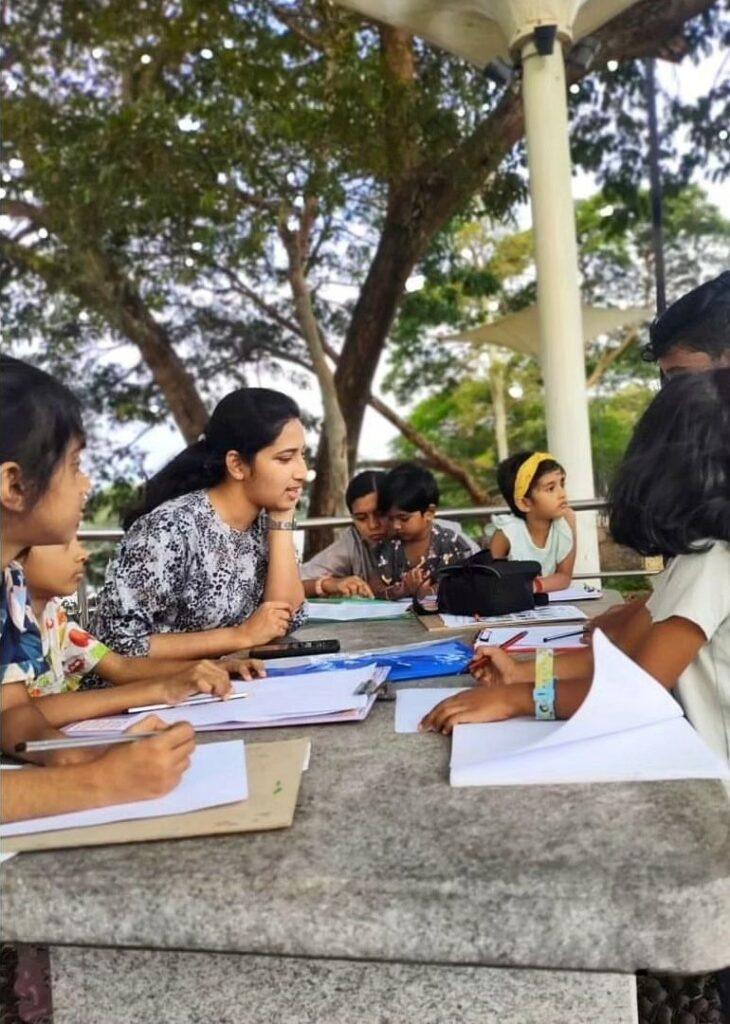
Are you a birder? What about bird watching excites you?
Yes, I am a birder! I have been into bird watching for over a decade. I’m the happiest when I am in the woods. Each and every minute spent with nature gives me utmost joy. What excites me about bird watching is observing the behaviour of different species of birds. Even though they are included under the term ‘birds’, the versatility that they possess mesmerises me each and every time I see them.
Another thing that excites me the most is the thrill of spotting owls and other elusive species and documenting my sightings. Owls are my favourite subjects to see, photograph, and to paint or illustrate. Their curious eyes, unique personality, and behaviour have attracted me to them. I’m always ready to see them, no matter what the weather is or how tough the terrain is! Bird watching is a hobby that connects me with the natural world, offers a sense of adventure, and helps contribute to our understanding of bird populations and conservation efforts.
When and how did you get interested in bird/nature education?
I became interested in bird watching and nature exploration during my childhood when my dad, Selvaraj Rangasamy, introduced me to trekking and bird watching. Exploring the outdoors, observing birds, and learning about various ecosystems ignited my curiosity and passion for nature. Over time, this interest grew, leading me to seek out books, documentaries, and educational programs related to birds and the environment.
I also joined local nature clubs and organizations, where I had the opportunity to learn from experienced naturalists and educators. My fascination with bird and nature education deepened as I realized the importance of environmental conservation and the need to share this knowledge with others. This passion ultimately inspired me to pursue a career related to nature and science, where I could help others connect with and appreciate the beauty and significance of the natural world.
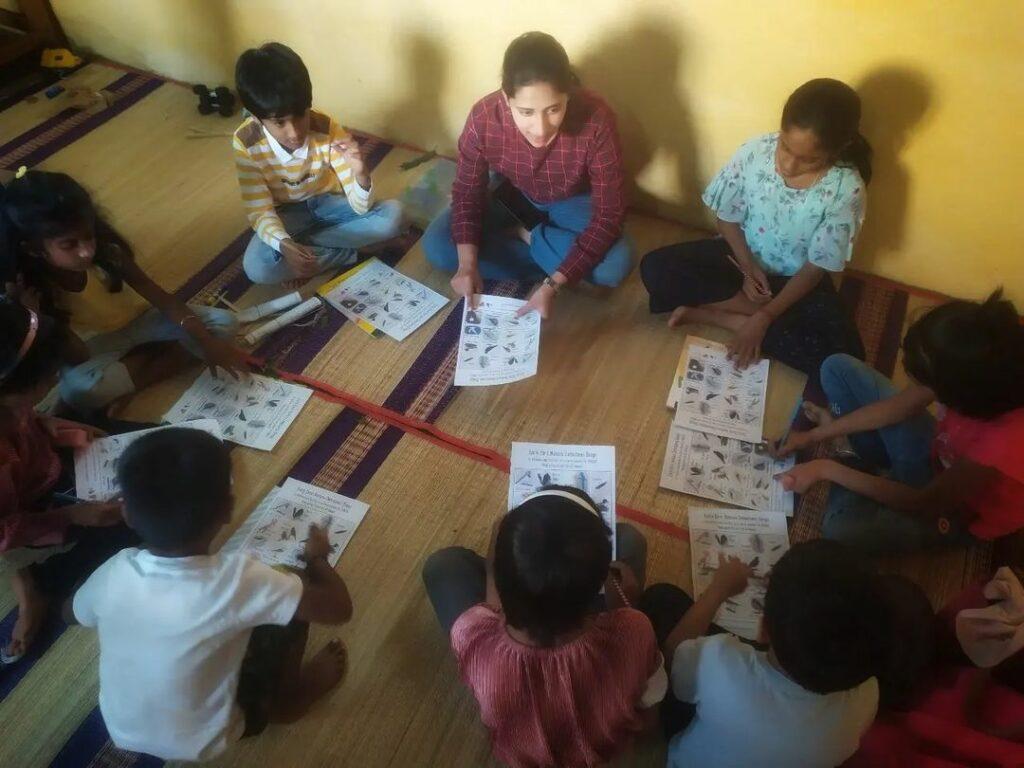
What do you hope to achieve through your education work?
My crucial aim is to foster a deep sense of environmental awareness and appreciation for the natural world. I hope to help students recognize the beauty, complexity, and importance of the ecosystems in which they live. By educating about birds and nature, I aim to empower individuals to take action to protect, preserve, and conserve the habitats and species that are vital to our planet. I also aim to connect people to nature on a personal level.
I hope that through my educational works, students and participants will develop a strong and lasting bond with the natural world, leading to a sense of peace and well-being. By teaching about birds and nature, I strive to enhance scientific knowledge among students. I also aspire to nurture the next generation of environmentalists, ornithologists, and conservationists. Through my work, I hope to spark a passion for birds and nature that may lead to careers and lifelong involvement in environmental conservation.
I want to encourage outdoor exploration and physical activity. Bird and nature education often involve spending time outdoors, which can promote a healthy lifestyle and reduce screen time. In some cases, my work may contribute to citizen science projects and ongoing research in ornithology and ecology. Participants may collect valuable data that helps scientists understand bird populations and behaviour.
Why do you believe it is important for children to learn about birds or connect with nature?
It is essential for children to learn about birds and connect with nature for several reasons. Firstly, it nurtures a sense of appreciation and respect for the environment. Understanding the beauty and importance of birds in ecosystems encourages environmental stewardship from a young age. Secondly, it promotes curiosity and learning. Bird watching and nature exploration can kindle a child’s curiosity, leading to a deeper interest in science, biology, and ecology. It’s a hands-on way to learn about the natural world.
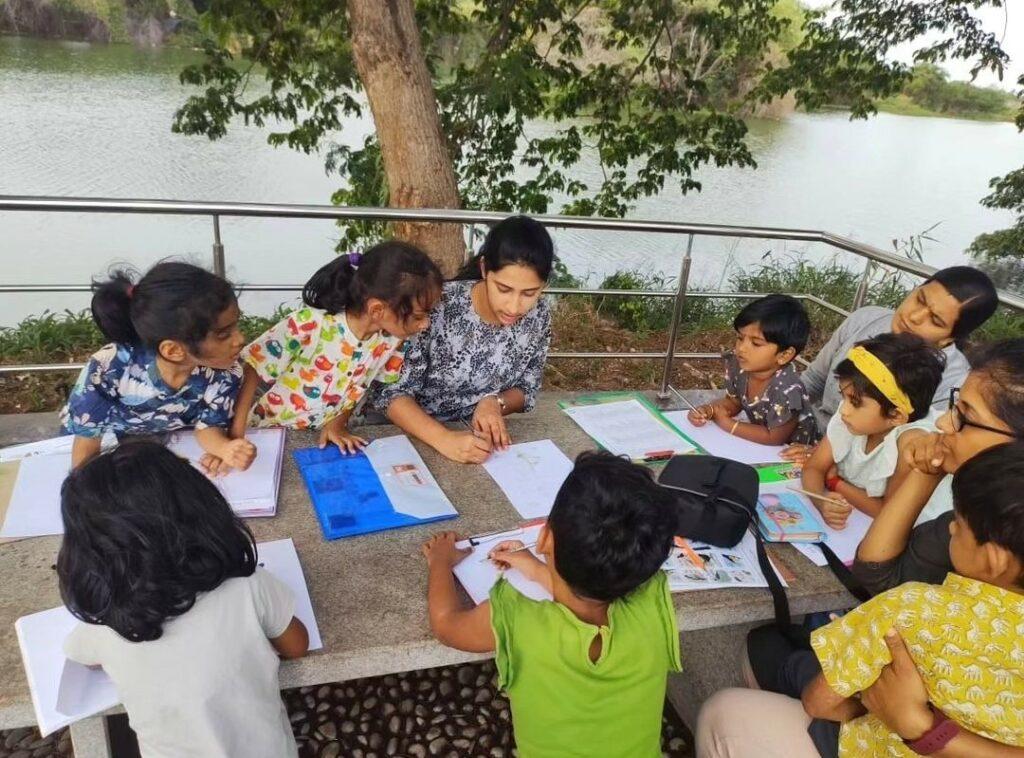
Additionally, connecting with nature and birds can have numerous mental and emotional benefits. It provides a sense of calm and reduces stress, helping children develop mindfulness and cope with the challenges of modern life. Lastly, it encourages outdoor activities and physical health. Bird watching often involves spending time outdoors, which can improve a child’s physical well-being and reduce screen time. Overall, introducing children to birds and nature instils valuable life skills, promotes environmental awareness, and contributes to their holistic development.
What tools or resources have helped you in teaching about birds? Can you describe an approach that has worked exceptionally well for you?
Several tools and resources have been invaluable in teaching about birds. One approach that has worked well for me is the integration of art and nature. Nature and wildlife art have helped me exceptionally in inculcating awareness about birds, butterflies, and the wilderness among children. Art has also aided me in Nature Journaling. I also encourage students to keep nature journals where they can sketch and write about their bird observations; this fosters creativity and reflection.
Organising field trips to local parks, nature reserves, or wildlife sanctuaries has provided students with immersive, real-world experiences. They can observe birds in their natural habitats, which often leaves a lasting impression. Installing bird feeders and nest boxes on school grounds or in the community has created opportunities for students to observe and study birds in a familiar setting.
It’s a practical way to attract birds and provide a consistent learning environment. Involving students in citizen science initiatives, such as the Great Backyard Bird Count, Asian Waterbird Census, or eBird, has allowed them to contribute data to real scientific research while learning about birds. It’s a hands-on way to engage with the scientific community.
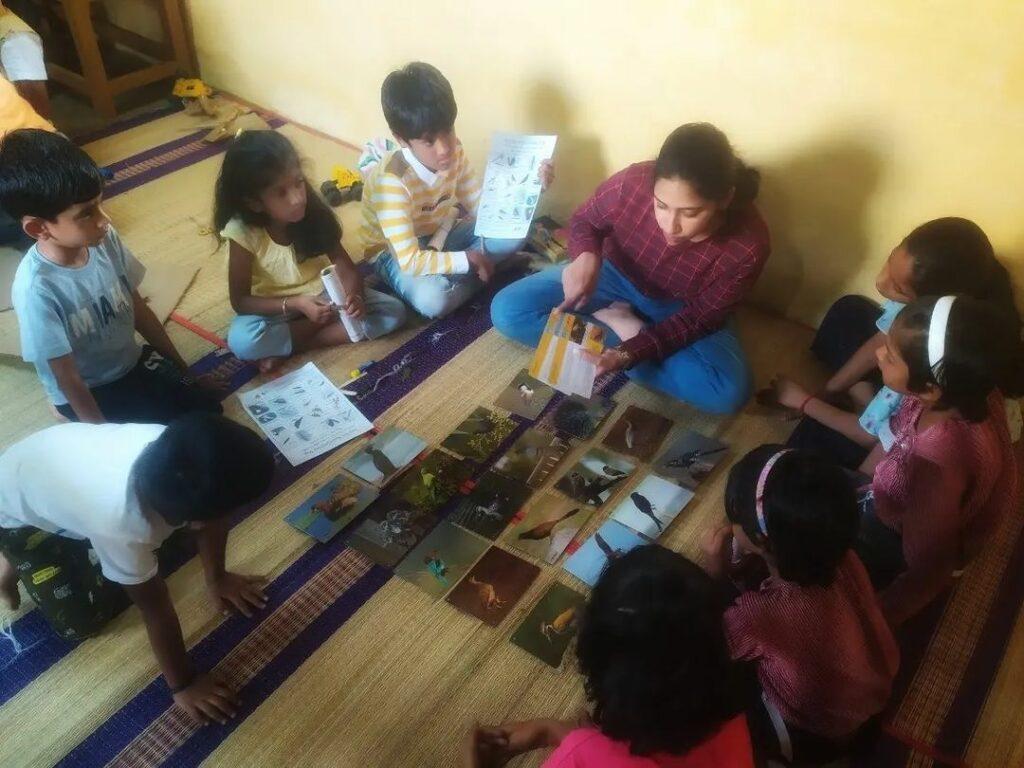
Technology and hands-on experiences have also helped me greatly. Photography has significantly assisted me; I show photographs of birds, butterflies, and photos of their interesting behaviour, and kids get totally intrigued and get to learn more about them. Field guides and bird identification apps are excellent resources for students to learn about different bird species.
Using multimedia presentations that combine images, videos, and sounds of birds has made lessons more engaging and interactive. It has allowed students to see and hear the birds they are learning about. Combining these tools and resources with a hands-on approach has been greatly helpful. For example, students can use bird identification apps to learn about a bird they spot, then document their observations in a nature journal.
Have you encountered a significant challenge as a bird/nature educator, how did you overcome it?
Yes, I have encountered a few challenges as a bird/nature educator. One notable challenge was developing interest and engagement in nature education among students who initially showed little enthusiasm or a lack of connection to the natural world.
To overcome this challenge, I incorporated various approaches such as:
1. Art & Craft: I introduced children to birds and butterflies through interesting art and craft projects. When done this way, children become more fascinated to learn about nature.
2. Hands-On Activities: I incorporated hands-on activities such as bird-watching outings, nature hikes, or wildlife observation projects. These experiences allowed students to directly interact with the environment and sparked their curiosity.
3. Personalised Learning: I customised lessons to the interests and learning styles of individual students based on their age. By understanding their unique preferences and motivations, I could design lessons that resonated with them and were easy to understand.
4. Storytelling: I sometimes shared captivating stories about birds and nature, recounting my experiences and weaving in elements of wonder and adventure. Storytelling can captivate students’ imaginations and make learning more engaging.
5. Community Involvement: Encouraging students to share their newfound knowledge with their families and communities helped create a supportive network for their continued exploration of nature.
I remained patient, recognizing that it might take time for some students to develop a genuine interest in nature. Celebrating small successes along the way helped build their confidence and motivation. By employing these strategies and maintaining a passion for the subject matter, I was able to overcome the challenge of engaging students in bird and nature education and witnessed a positive transformation in their attitudes and connections to the natural world.
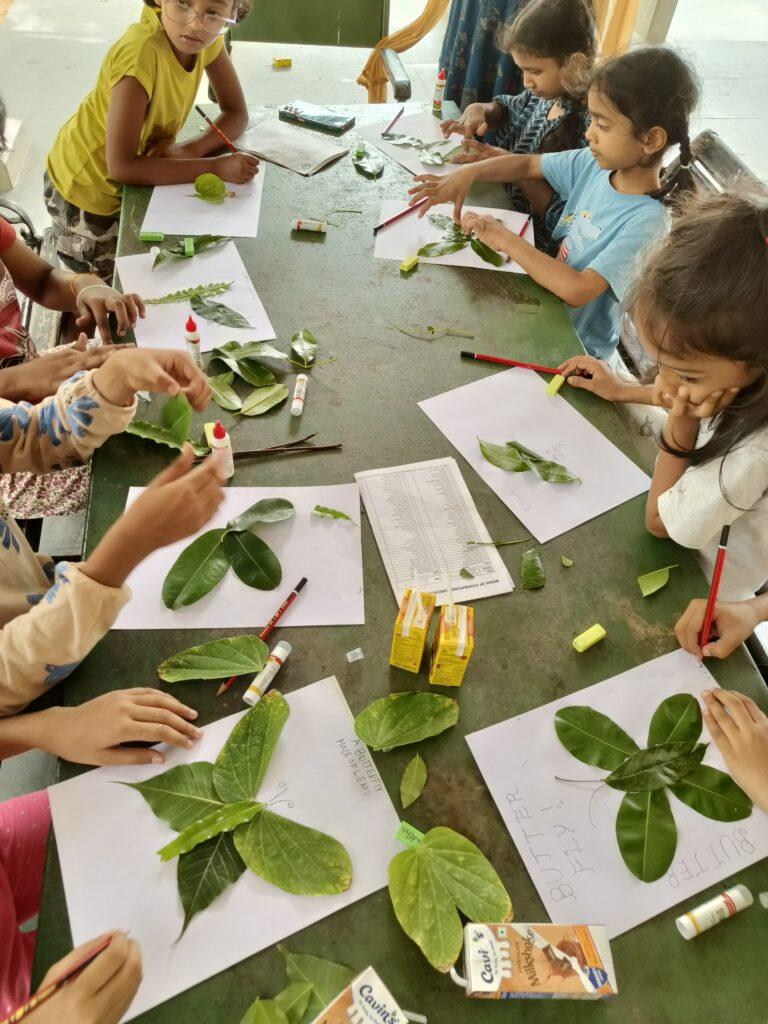
Do share any memorable moment or experience you have had in teaching kids about birds/nature. Can you recall any insightful instance that shaped your perspective?
Each and every nature education session with kids is memorable in one way or another! One particularly memorable moment in teaching kids about birds and nature was during a nature walk/bird-watching excursion with a group of children at a local wetland amidst the city. The population of birds was low that particular day, so the children were a bit disappointed.
As we were about to wrap up the activity, one sharp-eyed child suddenly exclaimed, ‘Look over there!’ and the group looked in the direction the child was pointing. We saw an adult Little Grebe with its chicks. The children were so happy seeing the feeding behaviour and the way the adult and the chicks were moving coherently.
Their expressions of awe and wonder were priceless. We watched the Little Grebes together for what felt like an eternity, and I could see the sense of connection and appreciation for nature spring up in each of them. That single, unexpected encounter with such a symbol of grace and power left a profound impact on both the students and myself.
This experience reaffirmed the idea that nature has the power to surprise and inspire, no matter where you are. It taught me that even in urban environments, there are incredible opportunities to connect with the natural world, and that these moments of wonder can be some of the most impactful in a child’s nature education journey. It also reinforced the importance of patience and spontaneity in teaching about birds and nature, as sometimes the most profound lessons come from unexpected encounters.
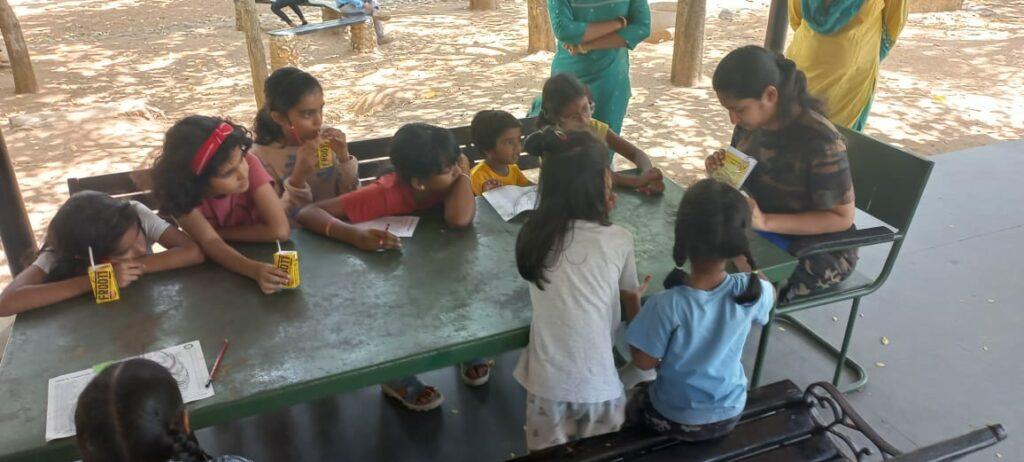
Have you noticed any changes in your learners after they received exposure to birds and nature-based learning? If yes, what are they? If not, why do you think that is?
Yes, I have observed numerous positive changes in my learners after they received exposure to birds and nature-based learning. Children became more inquisitive about the natural world and eager to engage, explore, and learn about birds and their habitats. It improved their observation skills since bird watching requires keen observation, which helped them become more attentive and detail-oriented in their studies and daily life. Exposure to birds and nature led to a deeper understanding of the importance of conservation and an appreciation for the environment.
Bird and butterfly watching encouraged patience as learners waited for the winged beauties to appear. This fosters a sense of mindfulness and patience in other aspects of their lives as well. Successfully identifying the birds or butterflies and documenting them boosted learners’ self-esteem and confidence. Many learners developed a strong interest in science and biology as they explored the natural world, potentially leading to future careers in related fields. Overall, exposure to birds and nature-based learning has a wide range of positive effects on learners, from cognitive and emotional development to physical health and a greater sense of environmental responsibility.
What message would you have for your fellow educators, or somebody starting out in their nature education journey?
My message to fellow educators or those embarking on their nature education journey is to:
Encourage curiosity in your students and yourself. Nature is full of wonders waiting to be discovered. Nature education often involves unpredictable elements. Be flexible and adapt to the needs and interests of your students and the natural world. Connect and collaborate with local naturalists or environmental organisations to enhance your knowledge and provide valuable experiences for your students. Wisely using technology can be a valuable tool for learning about nature; balancing it with hands-on experiences in the outdoors would work significantly.
Teach students about the importance of conservation and their role in protecting the environment. Share your passion and let your enthusiasm for nature shine through in your teaching. Your passion can be contagious and inspire a lifelong love for the outdoors in your students. ‘Be a lifelong learner’ – nature education is an ongoing journey! Stay curious, continue learning, and explore new aspects of the natural world alongside your students. Nature education is a rewarding and transformative journey for both educators and students.
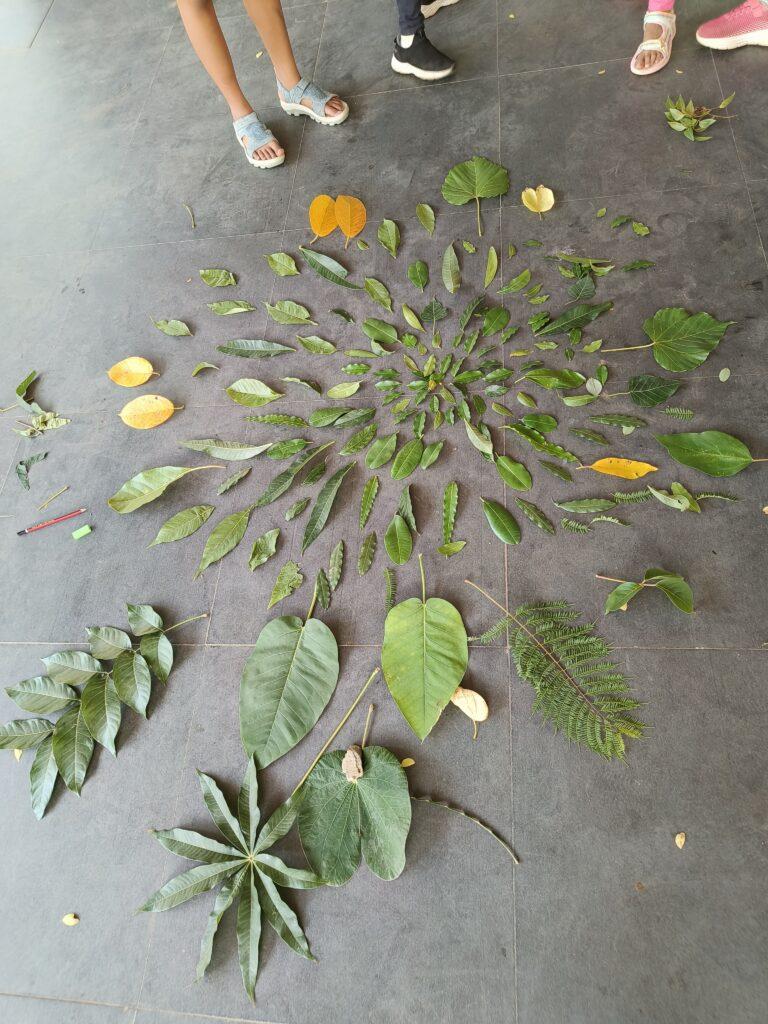
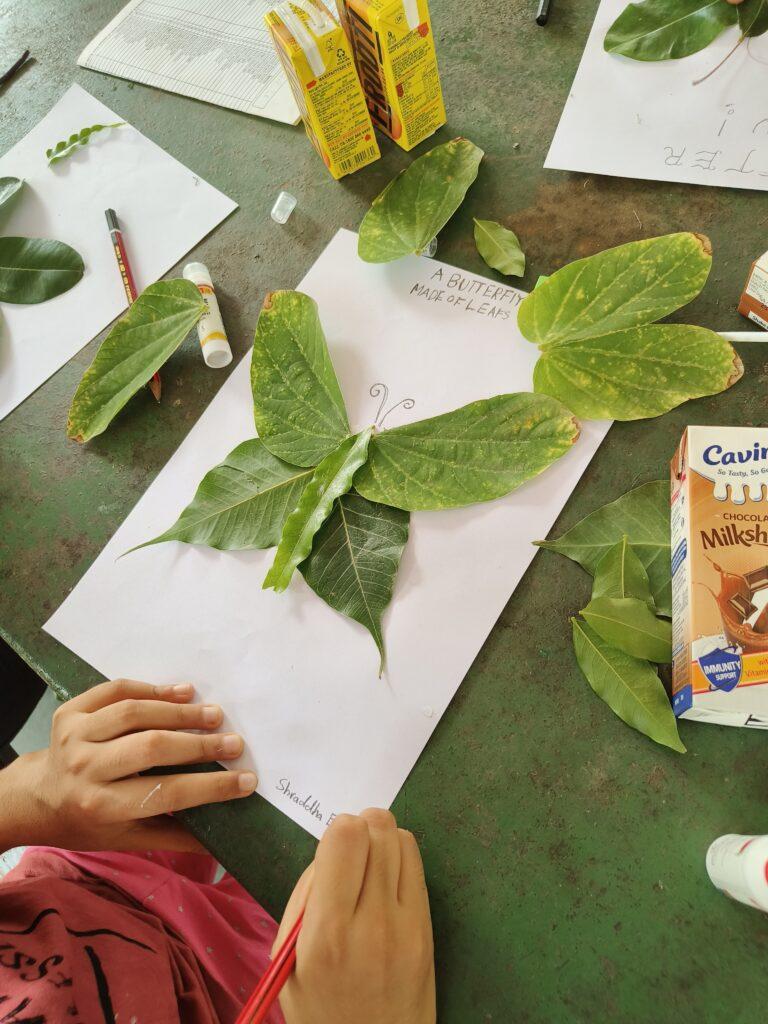

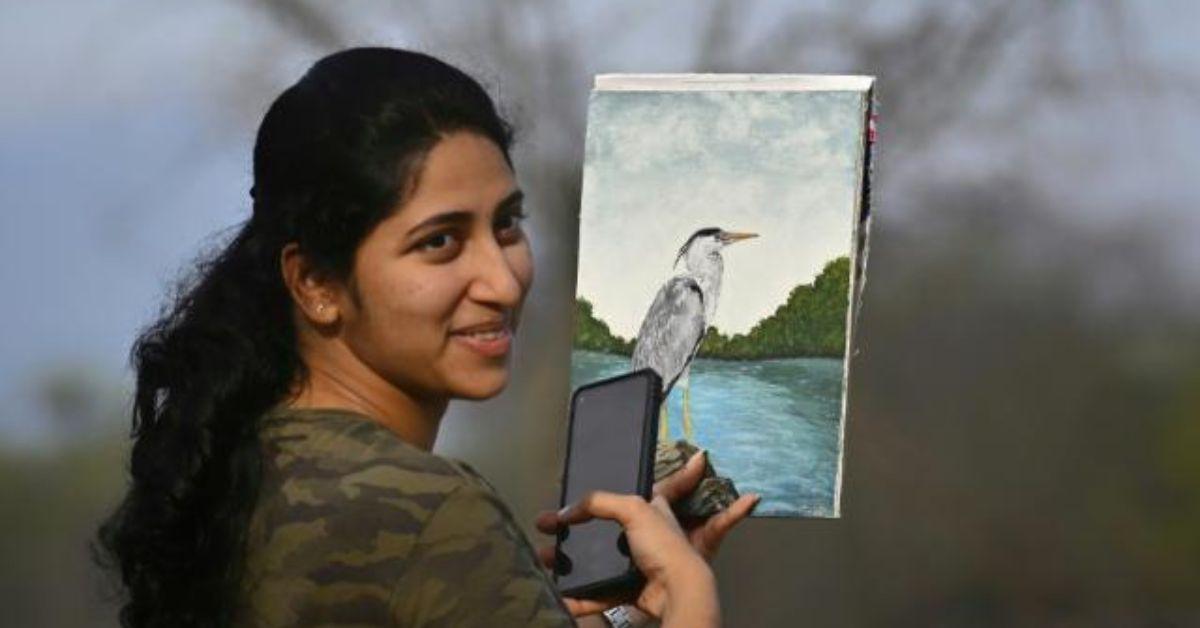
Nature educates us in many ways. Person loving nature is blessed. Let this young woman learn more and more from nature and educate the childrenBest wishes.
I am a professor in Amrita university, Coimbatore. Myself and my friend are interested in bird watching in Anaikatti. Please let me know if you can arrange some bird watching days for us
Thanks for writing to us. Could you please share your email ID and we’ll get in touch with you over email. Alternatively, you could also message us on our WhatsApp number +91-6362355724. Thanks!